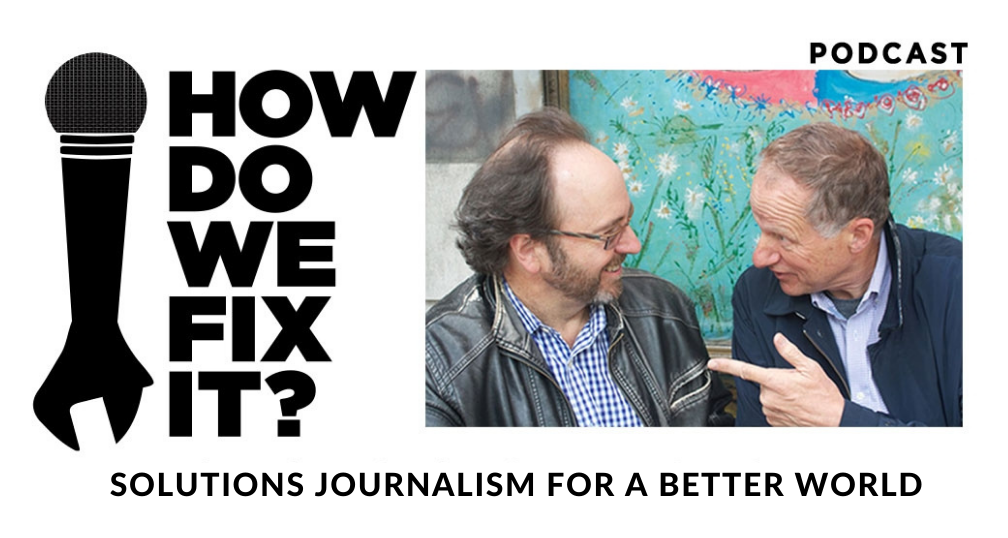How can we save good jobs?
In part one (episode #95), we spoke with Peter Cappelli of the Wharton School, about the impact of robots and automation on our workforce. Here in part 2 Peter talks solutions and explains why some of the alarm over the impact on employment is out-of-touch with reality.
Technology is changing how we work, and too many companies are investing much more on technology than in people. Peter says that retraining employees is one solution.
AT&T agrees. For many years the company has been a major player in new technology, but as automation changed its workplace many AT&T employees no longer had the skills to run the company’s infrastructure. The solution? Complain about the skills gap? No. AT&T decided to retrain its 100,000 employees. For the first time AT&T made Fortune’s list of the 100 Best Companies to Work For.
Peter says a good job is really more about “how people are managed, whether you give them control over what they're doing and whether you take care of them."
Credit: Typorama
Some of the most important factors driving productivity are better management. In the 1980's General Motors, invested 7.7 billion dollars to automate their production system. But the strategy proved to be a costly failure. Toyota, which used a lean management system, was far more successful, proving that sometimes the best investment is in training people.
Government can also help. The current tax code and accounting principles stack the deck against investments in human capital. Retraining employees counts as a liability on a corporate balance sheet, while investing in equipment counts as an asset. The Federal Government has also spent billions of dollars to develop robots, and technology, that displace workers.
In a recent Washington Post article, Peter wrote: “Changing the tax code and accounting principles to un-stack the deck against investments in employees is far easier and more likely to succeed than any of the other policies under debate.”

